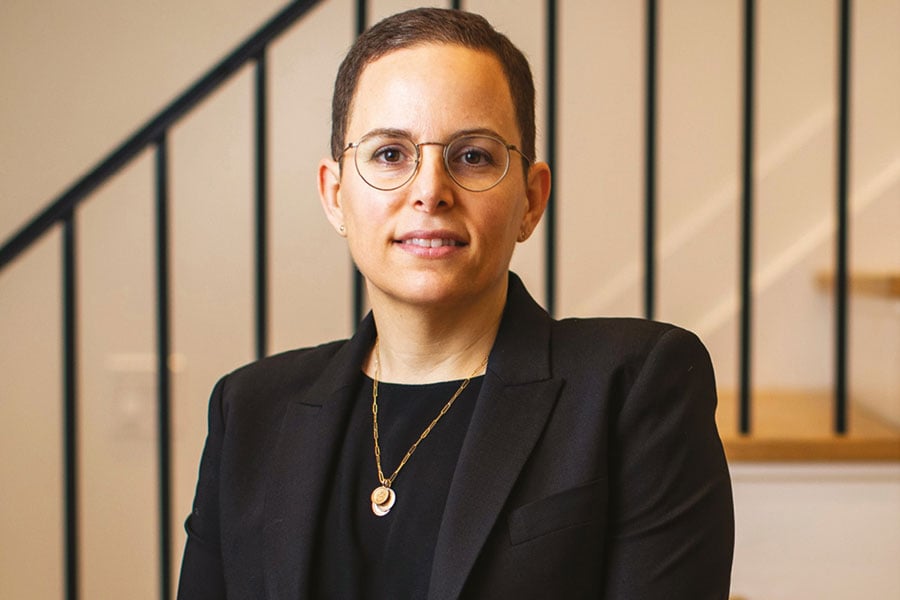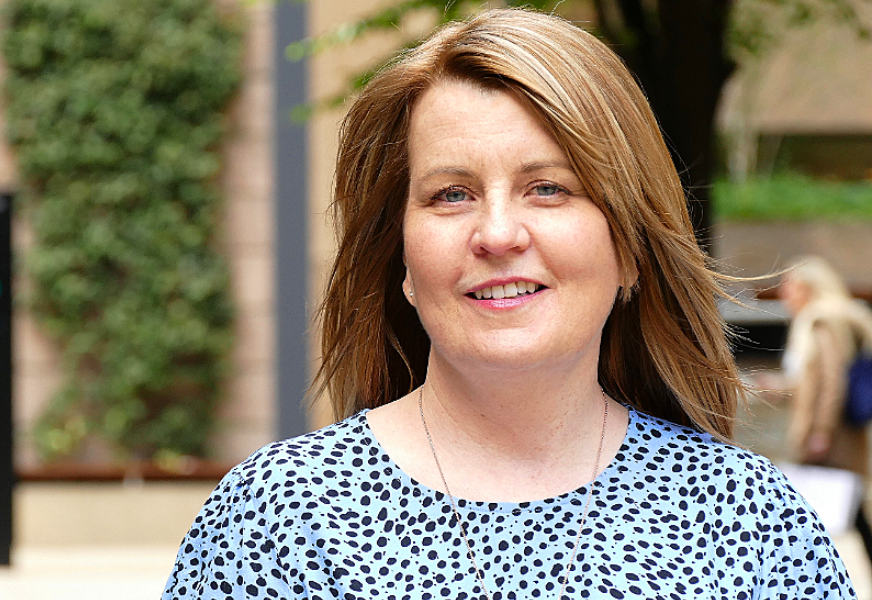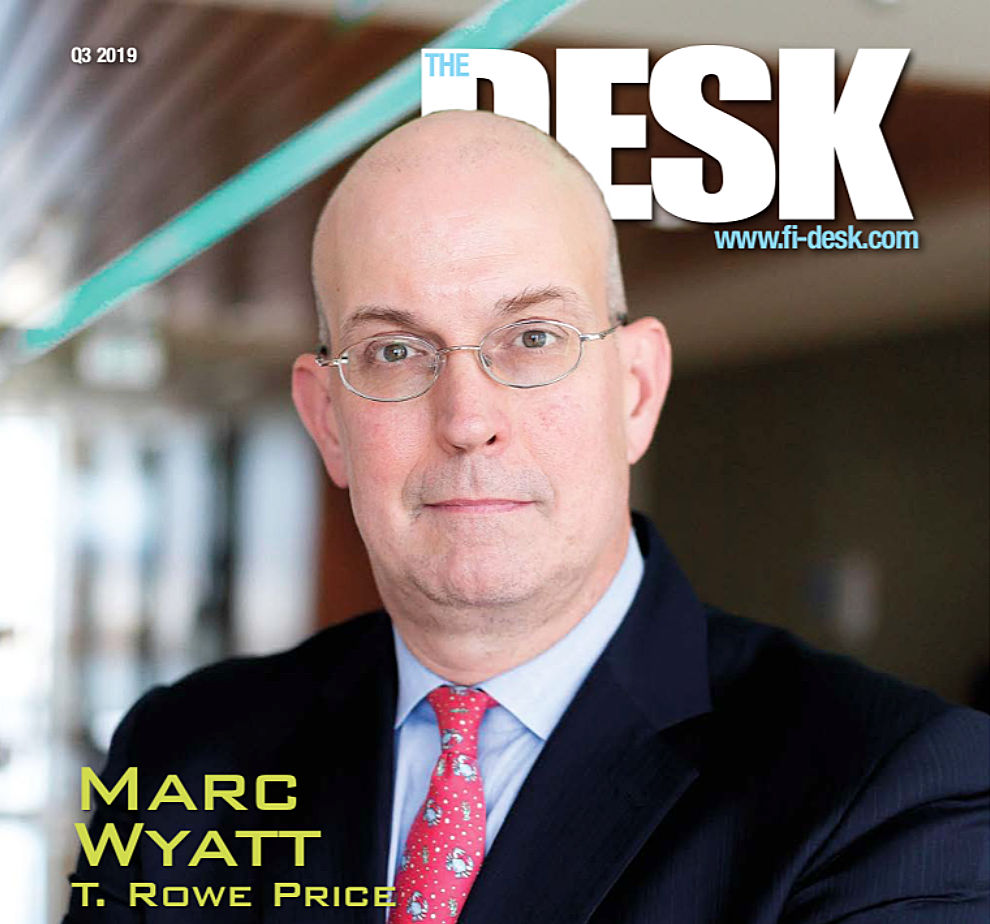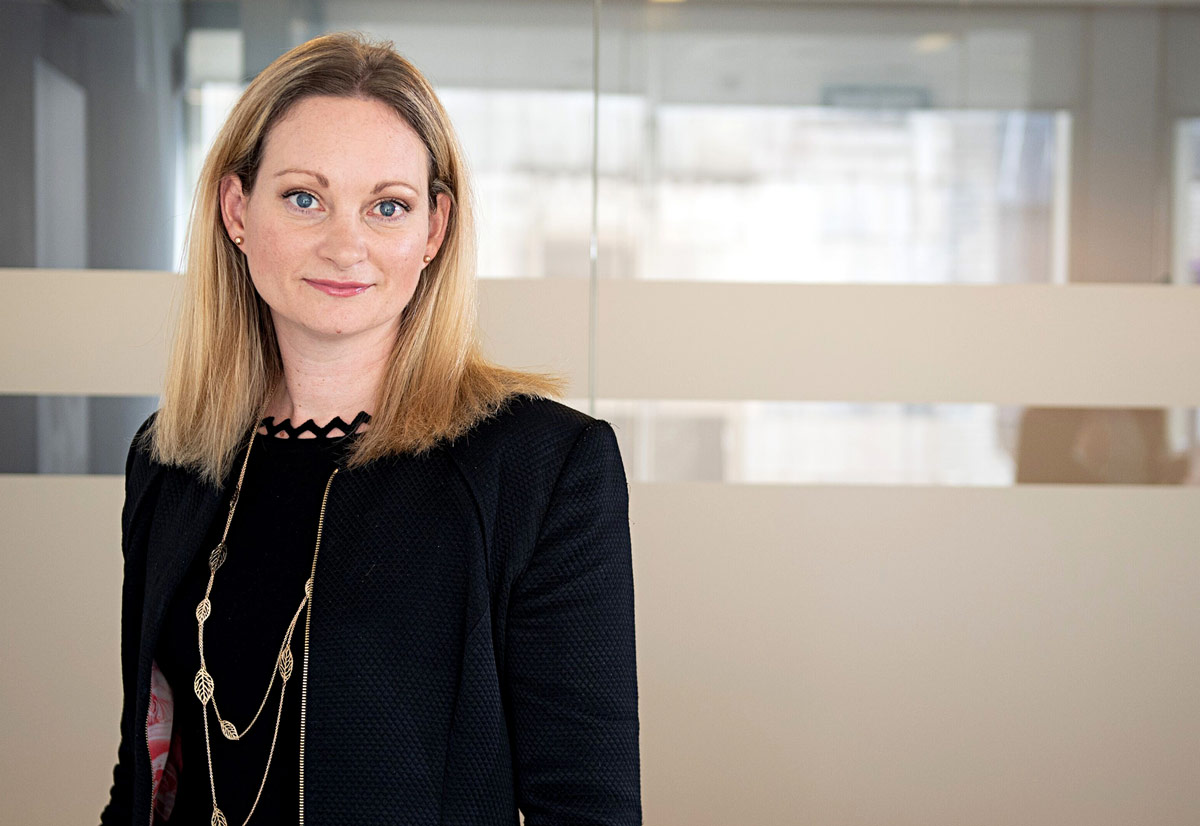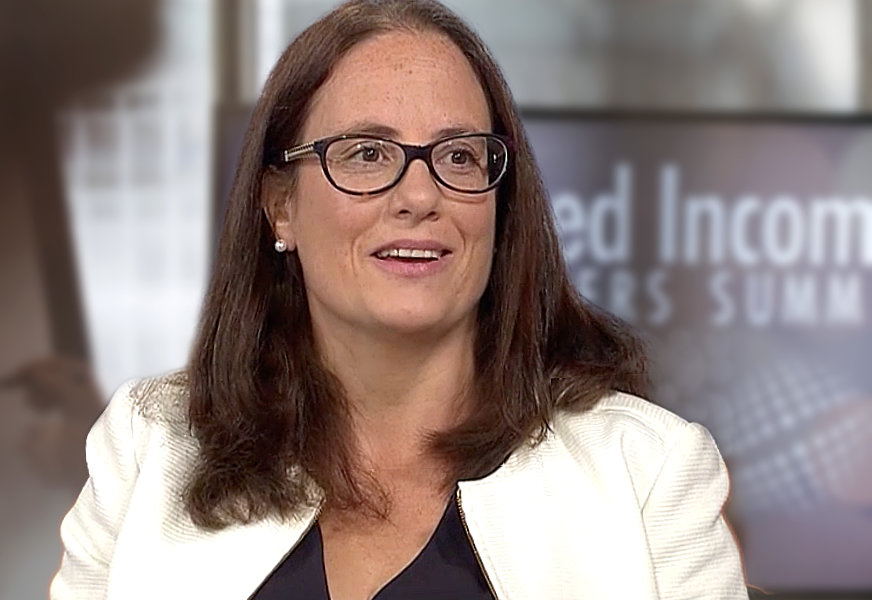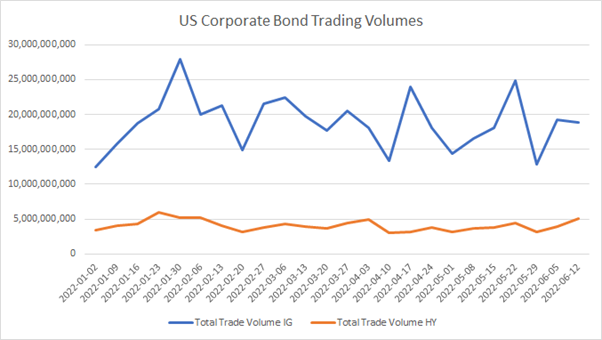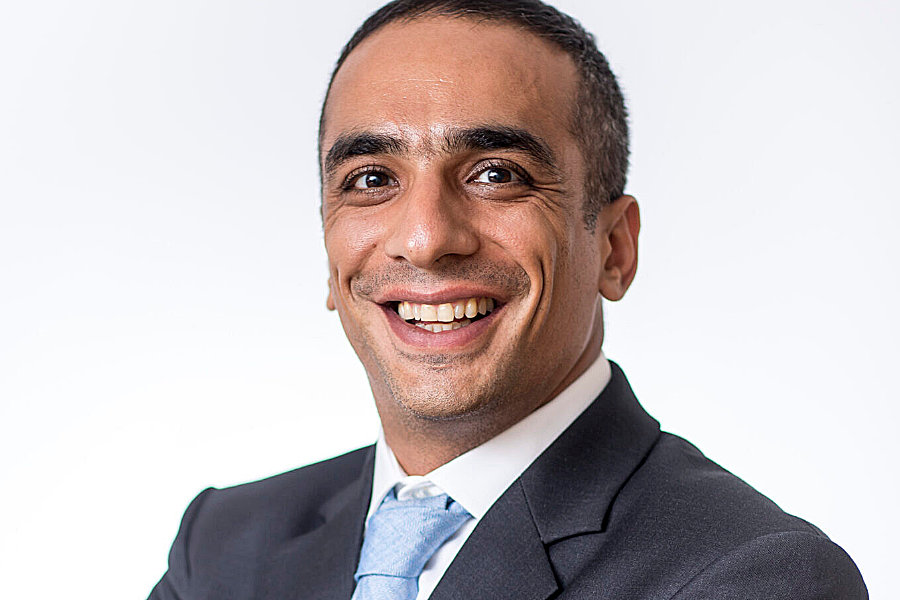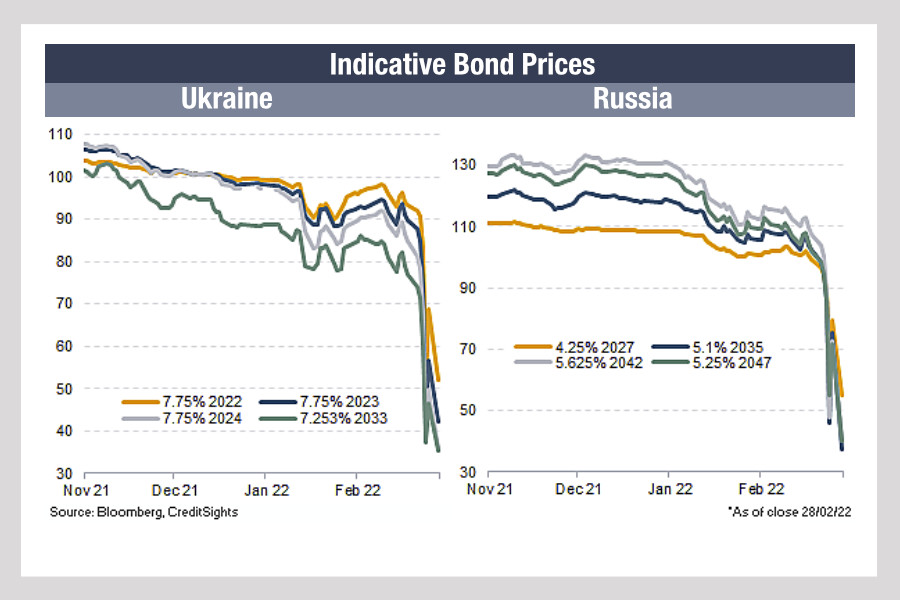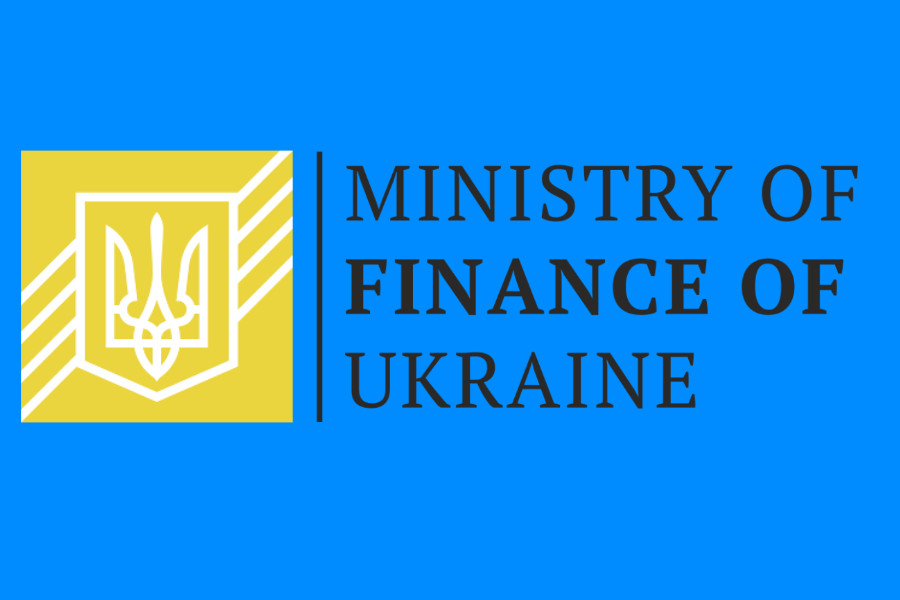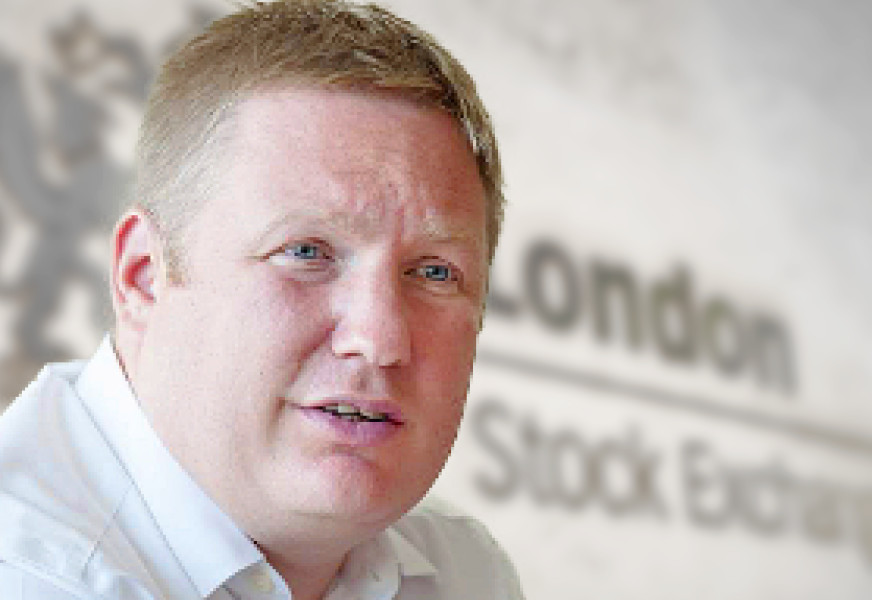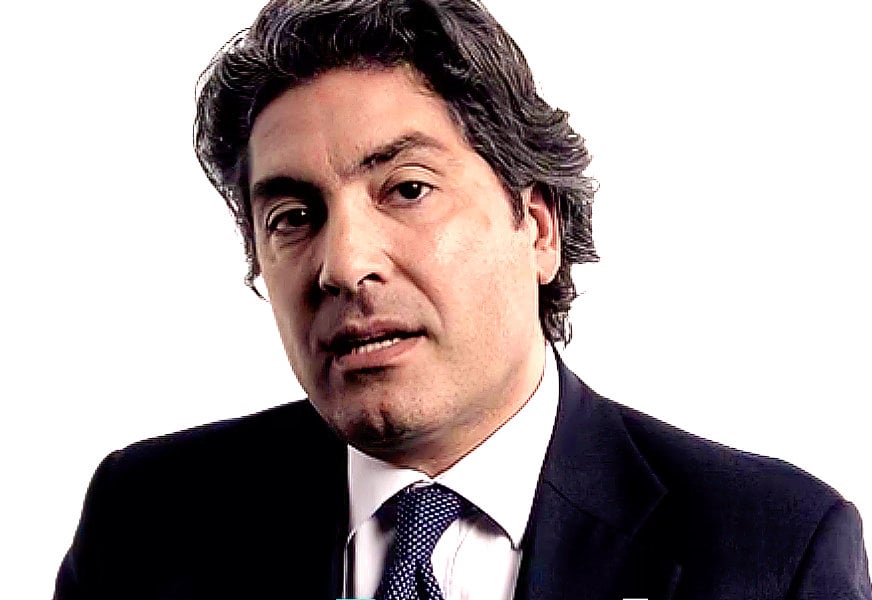The Securities and Exchange Commission’s Fixed Income Market Structure Advisory Committee (FIMSAC) explored the possibility of prescriptive intervention to accelerate bond market structure and mooted changes to post-trade reporting, in its first meeting on 11 January 2018.
Michael Heaney, committee chair and board member of Legal and General Investment Management Americas and TP-ICAP, picked three broad topics to address via subcommittees:
• modernisation including electronification;
• fixed income ETFs, open ended mutual funds and concentration effects;
• transparency.
On modernisation, Heaney asked buy-side participants if they could you come up with a prescriptive way make bonds more equity-like, in order to speed up the evolution of the bond market, by creating bonds on a platform, then trading them on a platform.
“How often would you change the characteristics [to define] those bonds that went out on [such a platform]?” he asked.
Having given the caveat that organic evolution was better than prescriptive development, Sonali Theisen, global head of market structure and data strategy for Global Credit & Securitized Markets at Citigroup, noted that Heaney’s suggested experiment was effectively being played out via MiFID II in Europe.
“There is a framework for defining [which bonds] are liquid, and then there is a strong incentive to move those trades onto an electronic trading platform,” she said. “The challenge is exactly as you noted, the transient nature of liquidity in the new issues, the larger sizes and it tapering off. So there is a balancing act of how often to re-calibrate, what are the sizes, etc, how much fatigue is the marketplace going to have keeping up with that and what is the cost benefit analysis? My only view would be that, we are running that experiment and we will have some good data points in the near future on that in Europe.”
Larry Harris, Fred V. Keenan Chair in Finance at the University of Southern California’s Marshall School of Business later cited a study that found transactions costs were lower in the 1920s when the New York Stock Exchange almost exclusively managed bond trading. As a result he said he though access was a more important factor than technology in enabling trading efficiency.
“The concentration of order flow into a single place and the rules at the New York Stock Exchange facilitated pretty tight spreads,” he said. “Now, I’m not suggesting we compel everyone to trade in one place, but it’s pretty sobering to think that at a time when the height of technology was the telephone they had lower transaction costs for similar issues than we presently have.”
Regarding transparency, the guests shared concerns about the effect that the timing of trade reporting could have on information leakage during a trade.
“Not all bonds are created equal, that’s the bottom line,” said Drew Mogavero, head of US Flow Credit Trading, Barclays. “When a print happens in a less liquid bond right away it is used to the disadvantage of the client [or] the dealer.”
Richie Prager, head of Trading, Liquidity and Investments Platform, at BlackRock added, “We would like to see some pilot that addressed better calibration around trade size that would encourage more transactions.”
That was echoed by James Switzer, global head of credit trading at Alliance Bernstein, who noted that in the credit space bonds that do not trade frequently the trade could be reported quickly but disseminating that information to the marketplace should be delayed.
“The regulators can see that everybody is playing above board and doing the right thing, but we get predatory behaviours in these markets when you get into the illiquid space, and if somebody takes a block of bonds and it’s used against them by other people in the market,” he said. “What we are trying to do is create some kind of incentive where the dealers commit capital when they think they have a fundamental view or a quantitative view, they think they can line up the buyer or the seller that’s necessary on the other side.”
©TheDESK 2017

